Loratadine
Synonym(s):4-(8-Chloro-5,6-dihydro-11H-benzo[5,6]cyclohepta[1,2-b]pyridin-11-ylidene-1-piperidinecarboxylic acid ethyl ester;Loratadine;Loratidine
- CAS NO.:79794-75-5
- Empirical Formula: C22H23ClN2O2
- Molecular Weight: 382.88
- MDL number: MFCD00672869
- EINECS: 935-907-9
- SAFETY DATA SHEET (SDS)
- Update Date: 2024-04-17 18:50:11
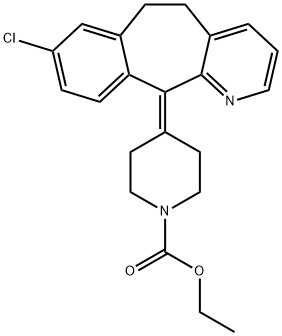
What is Loratadine?
Absorption
Loratadine is rapidly absorbed and achieves peak plasma concentration in 1-2 hours, while it's main metabolite achieves peak plasma concentration in 3-4 hours.
In the rapid dissolve formulation, the pharmacokinetic parameters of loratadine are as follows: Cmax = 2.56 ng/ml, Tmax = 1.14 hrs, AUC = 6.14 ng x hr/ml.
In the rapid dissolve formulation, the pharmacokinetic parameters of descarboethoxyloratadine are as follows: Cmax = 3.72 ng/ml, Tmax = 1.97 hr, AUC = 49.1 ng x hr/ml.
In the conventional formulation, the pharmacokinetic parameters of loratadine are as follows: Cmax = 2.11 ng/ml, Tmax = 1.00 hr, AUC = 4.64 ng x hr/ml
In the conventional formulation, the pharmacokinetic parameters of descarboethoxyloratadine are as follows: Cmax = 3.66 ng/ml, Tmax = 1.97 hr, AUC = 48.4 ng x hr/ml
Toxicity
Second generation antihistamines such as loratadine have very few adverse effects; however, insomnia, headache, fatigue, drowsiness and rash have been reported. Symptoms of loratadine overdose include gastrointestinal side effects, agitation, drowsiness, tachycardia, and headache. It is advised to obtain an ECG in the event of loratadine overdose.
Description
Loratadine is a non-sedating antihistamine indicated for use in allergic rhinitis and chronic urticaria. Its major advantage over other non-sedating antihistamines such as astemizole and terfenadine is its very fast onset of action. Loratadine is claimed not to cross the blood-brain barrier.
Description
Loratadine is a nonsedating antihistamine important during the high pollen days of spring. It is a histamine H1-receptor antagonist.
The Uses of Loratadine
Loratadine, is used as a peripheral histamine H1 receptor agonist. It is also used as an orally active antiallergic agent. It is an important raw material and intermediate used in Organic Synthesis, Pharmaceuticals, Agrochemicals and Dyestuff.
Indications
Loratadine is a 2nd generation antihistamine and is used to manage symptoms of allergic rhinitis, wheal formation, urticaria, and other allergic dermatologic conditions.
Background
Loratadine is a second generation antihistamine used to manage symptoms of allergic rhinitis. A lack of sedative and CNS adverse effects make loratadine, along with other second generation antihistamines, preferable over their 1st generation counterparts in many clinical situations.
What are the applications of Application
Loratadine is a peripheral histamine H1 receptor agonist
Pharmacokinetics
Like other 2nd generation antihistamines, loratadine is selective for peripheral H1 receptors. Loratadine does not penetrate effectively into the central nervous system and has poor affinity for CNS H1-receptors. These qualities result in a lack of CNS depressant effects such as drowsiness, sedation, and impaired psychomotor function.
Metabolism
Loratadine undergoes extensive first pass metabolism in the liver and is primarily metabolized by CYP3A4, CYP2D6, CYP1A1 and CYP2C19. Less involved CYP enzymes include CYP1A2, CYP2B6, CYP2C8, CYP2C9 and CYP3A5. CYP3A4 and CYP2D6 are mainly responsible for metabolizing loratadine to descarboethoxyloratadine. This primary metabolite is 4 times more pharmacologically active than loratadine.
In addition, a study demonstrates that descarboethoxyloratadine is first glucuronidated by UGT2B10, then hydroxylated by CYP2C8 to form 3-hydroxydesloratadine. Further glucuronidation of 3-hydroxydesloratadine facilitates excretion.
Properties of Loratadine
| Melting point: | 134-136°C |
| Boiling point: | 531.3±50.0 °C(Predicted) |
| Density | 1.261±0.06 g/cm3(Predicted) |
| storage temp. | 2-8°C |
| solubility | DMSO: 26 mg/mL, soluble |
| form | powder |
| color | white |
| Water Solubility | It is soluble in DMSO (50 mg/ml), ethanol (77 mg/ml at 25°C), water (<1 mg/ml at 25°C), chloroform, and methanol. |
Safety information for Loratadine
Computed Descriptors for Loratadine
| InChIKey | JCCNYMKQOSZNPW-UHFFFAOYSA-N |
Abamectin manufacturer
TAGOOR LABORATORIES PVT LTD
GLP Pharma Standards
Chemicea Pharmaceuticals Pvt Ltd
KARPSCHEM LABORATORIES PVT. LTD.
New Products
3-N-BOC-(S)-AMINO BUTYRONITRILE 4-Piperidinopiperidine 2-Methyl-4-nitrobenzoic acid 2-(4-bromophenyl)-2-methylpropanoic acid 4-Acetyl-2-methylbenzoicacid Acetyl-meldrum's acid Ethyl-4-Pyrazole carboxylate 2,6 Di acetylpyridine 2,6-Pyridinedimethanol 5,7-Dichloro-3H-Imidazo[4,5-B]Pyridine 5-Bromo-2-Methoxy-4-Methyl-3-Nitropyridine 2-Fluoro-5-Iodopyridine 2-Fluoro-5-Methylpyridine 2-Chloro-3-Bromo-5-Amiopyridine METHYL-4-(BUTYRYLAMINO)3-METHYL-5-NITROBENZOATE TRANS-CYCLOBUTANE-1,2- DICARBOXYLIC ACID 5-Nitro indazole R-(-)-5-(2-AMINO-PROPYL)-2-METHOXY-BENZENESULFONAMIDE 1,3-cyclohexanedione 4-Aminophenaethylalchol 3-NITRO-5-ACETYL IMINODIBENZYL (S)-(+)-4-BENZYL-2-OXAZOLIDINONE 4-FLUORO PHENYL MAGNESIUM BROMIDE 1.0 M IN THF 1-HYDROXY-4-METHYL6-(2,4,4-TRI METHYL PHENYL)-2-PYRIDONE MONO ETHANOL AMINE(PIROCTONE OLAMINE)Related products of tetrahydrofuran
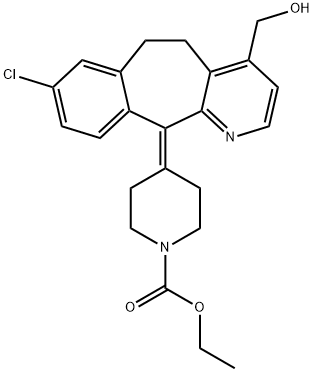

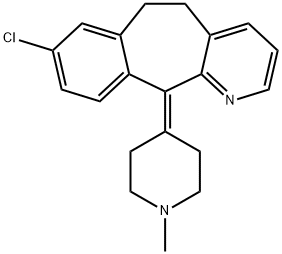
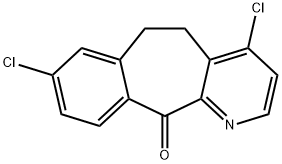

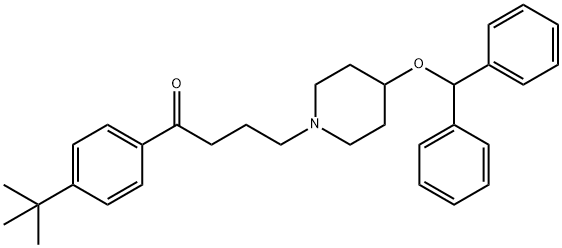

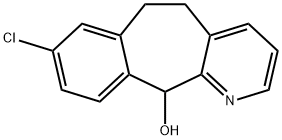
You may like
-
 Desloratadine EP Impurity C 99%View Details
Desloratadine EP Impurity C 99%View Details
79794-75-5 -
 Loratadine 98%View Details
Loratadine 98%View Details -
 79794-75-5 98%View Details
79794-75-5 98%View Details
79794-75-5 -
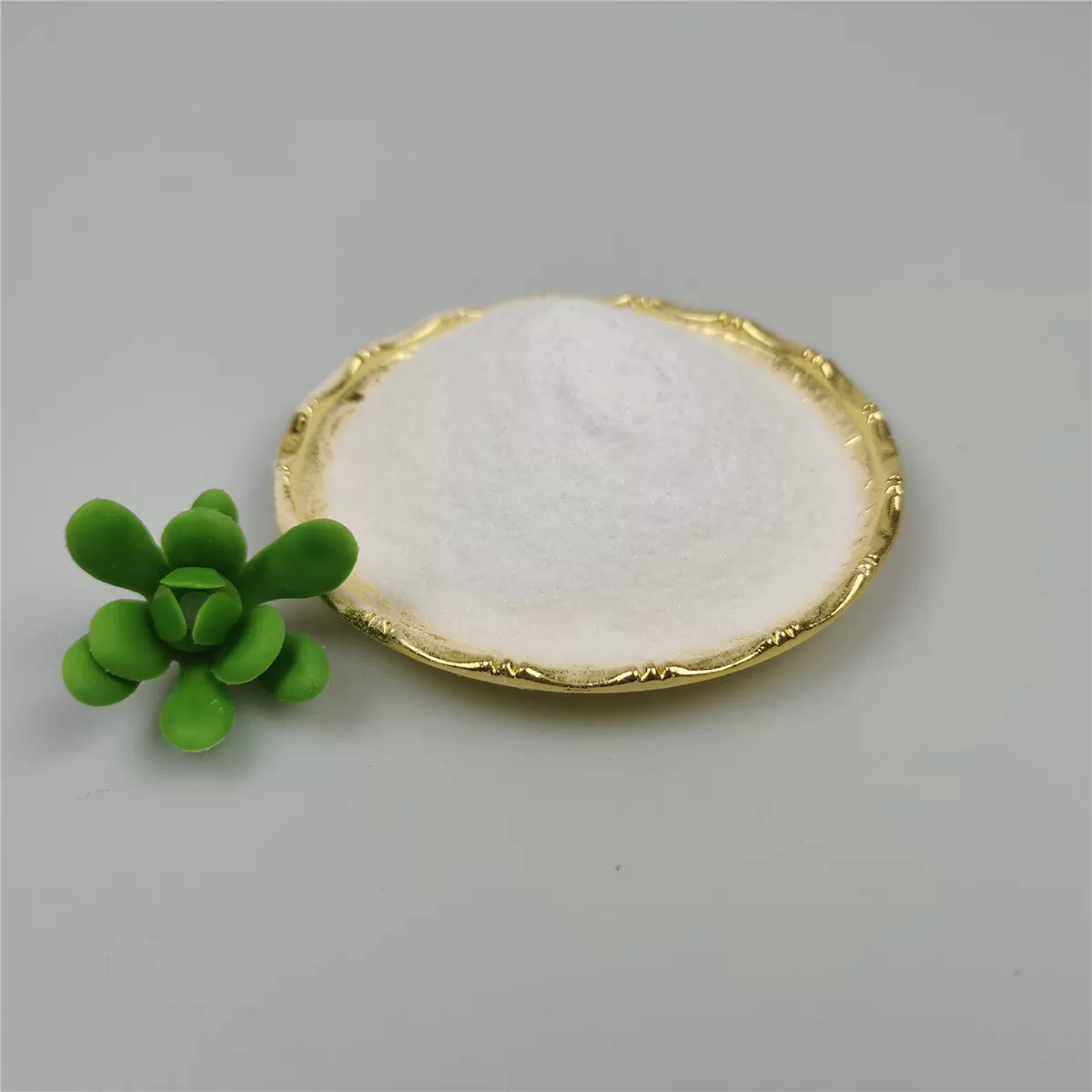 79794-75-5 98%View Details
79794-75-5 98%View Details
79794-75-5 -
 Loratadine 79794-75-5 98%View Details
Loratadine 79794-75-5 98%View Details
79794-75-5 -
 79794-75-5 99%View Details
79794-75-5 99%View Details
79794-75-5 -
 79794-75-5 98%View Details
79794-75-5 98%View Details
79794-75-5 -
 79794-75-5 Loratadine 99%View Details
79794-75-5 Loratadine 99%View Details
79794-75-5